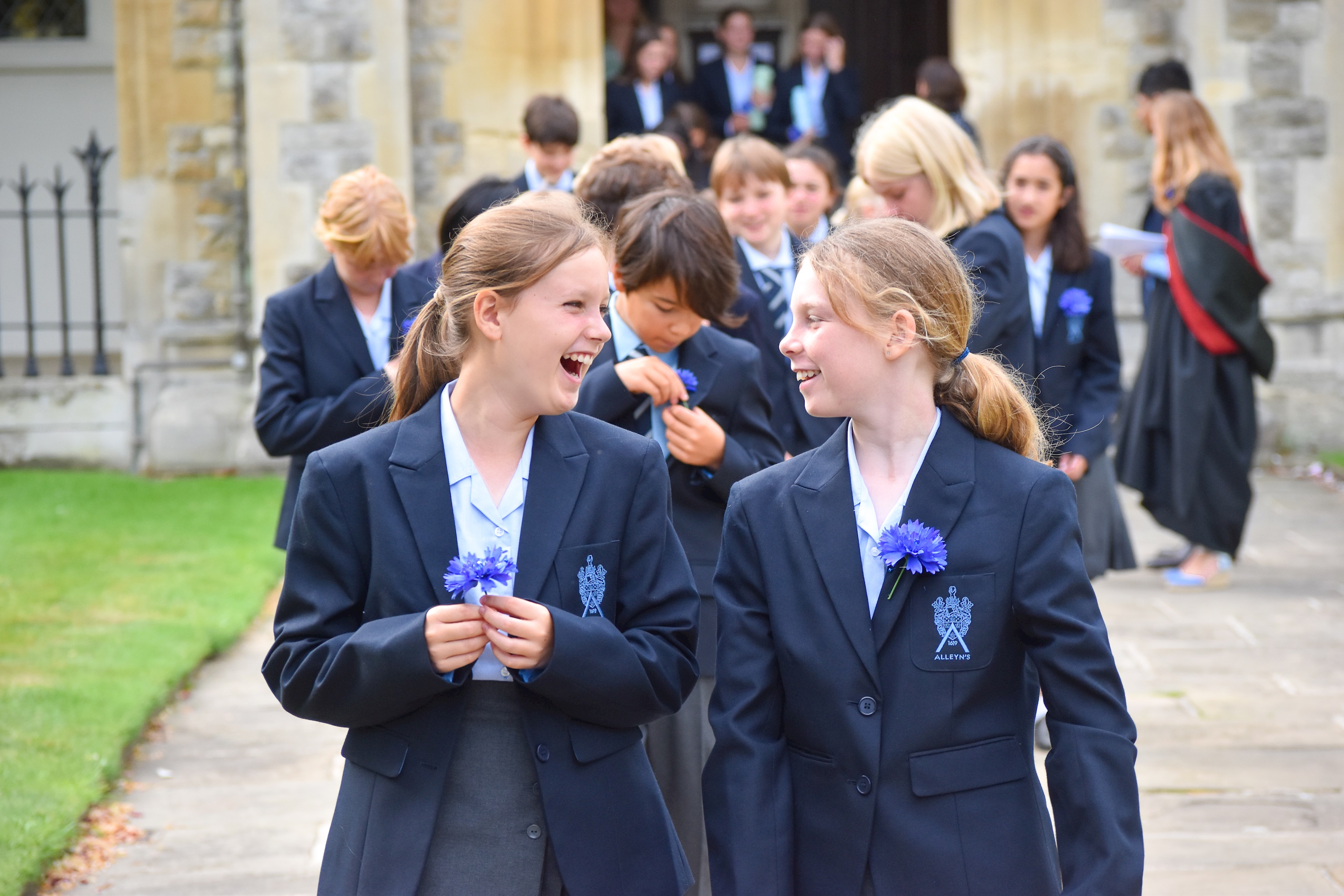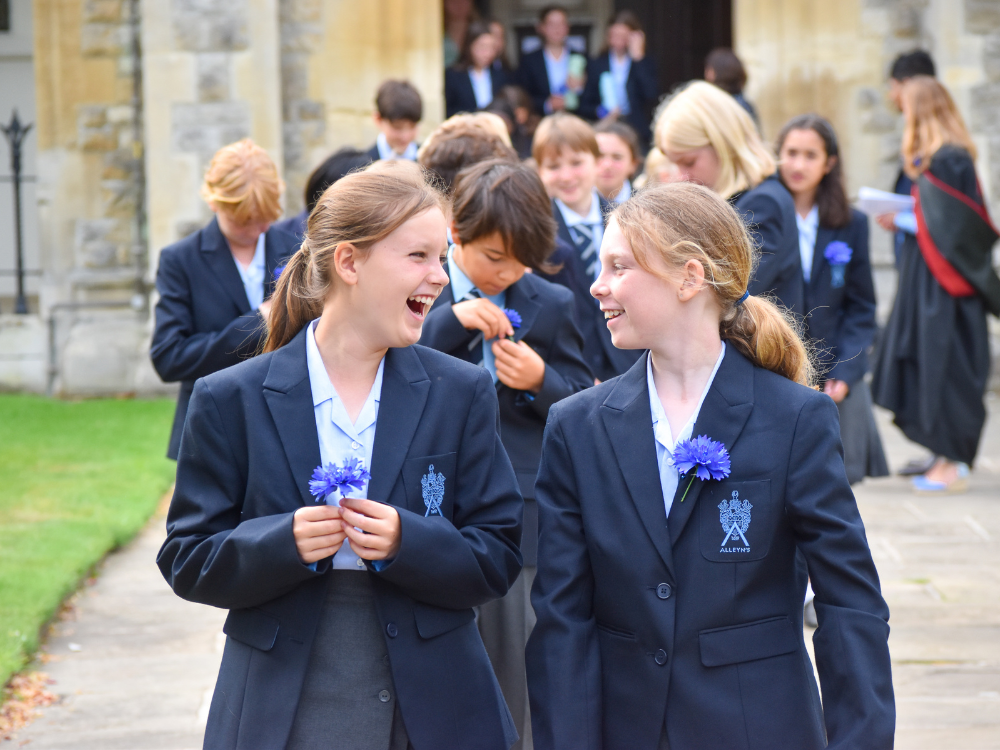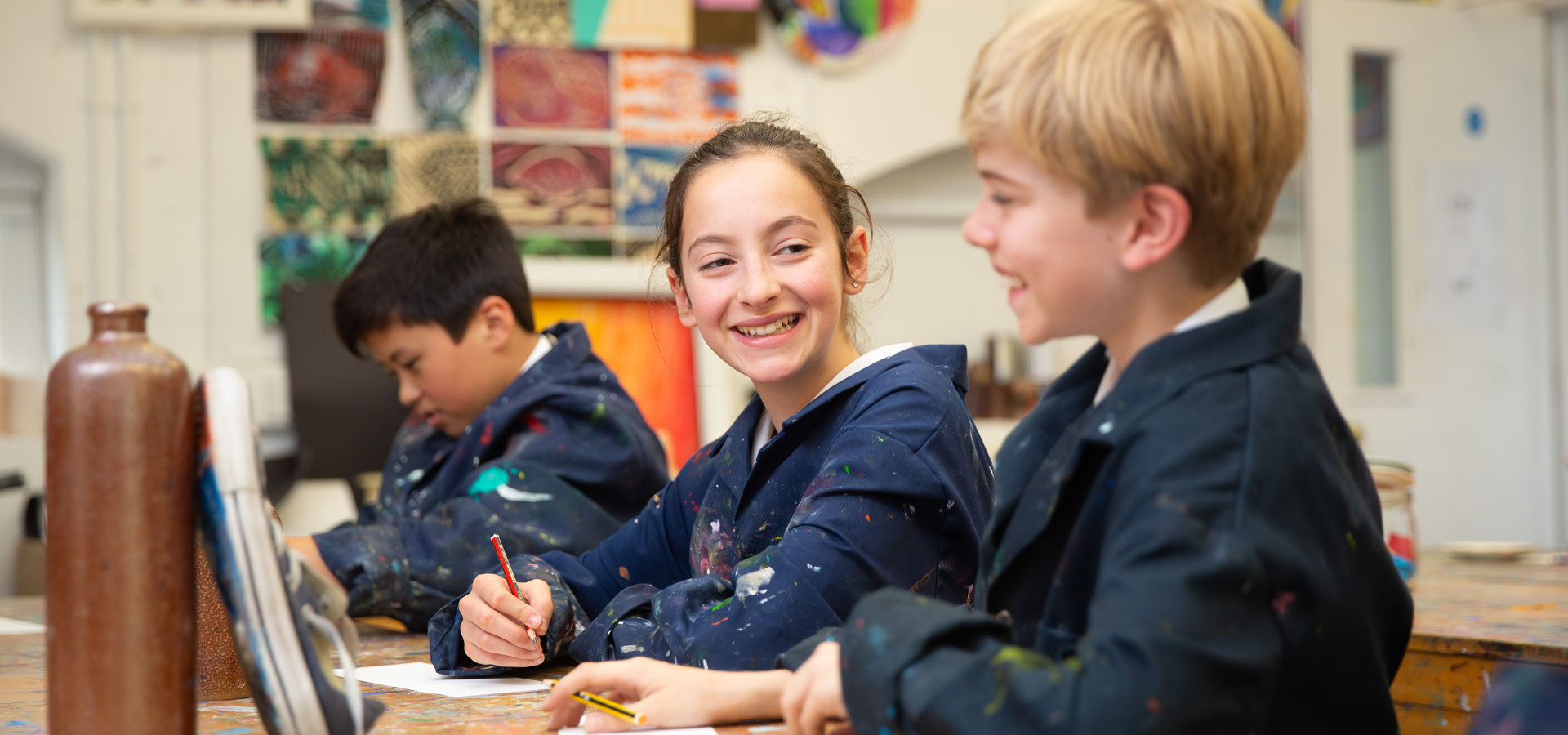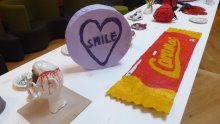Head of Art and Art History Sally Reynolds writes about the history of the Surrealism movement and the inspiration our Year 8s drew from it for the latest exhibition.
“I believe in the future resolution of these two states, dream and reality, which are seemingly so contradictory, into a kind of absolute reality, a surreality, if one may so speak.”
― André Breton, Manifestoes of Surrealism
Surrealism has been explored by Year 8 in their Art classes since September. Each class has investigated this topic in a range of exciting different mediums from painting to ceramics and large-scale modrock sculptures, as well as collage and digital drawings.
Surrealism was a pivotal 20th Century art movement that emerged in Paris in the 1920s. The figurehead was an author, Andre Breton, who wrote the Surrealist Manifesto in 1924, conceiving of it as a revolutionary artistic and literary movement. Artists who formed part of the movement included Salvador Dali, Man Ray and Meret Oppenheim with filmmakers, photographers and writers also involved. Surrealism was strongly influenced by Sigmund Freud’s theories of psychoanalysis and the unconscious. Artists saw the unconscious as a way of liberating themselves from the repressive conventions of bourgeois society. Fascinating to them, therefore, were themes associated with perception, dreams, sex, death and chance encounters. These concepts were explored by artists in surrealist paintings, objects and films that are often as humorous as they are horrific. The first Surrealist exhibition took place in Paris in 1925.
Pertinent to our current situation of conflict in the world, Surrealism emerged between the wars, with many of the Surrealist artists having been directly involved in world war I. Breton had studied medicine and worked in a neurological ward of a military hospital treating wounded soldiers, which is when he developed his interest in psychology. Surrealist artists turned their back on the cold logic of ‘civilised’ society and sought to escape from a world gone crazy into a new bewildering, exhilarating place of their imagination.
Surrealism influenced subsequent art movements such as Pop art of the 1960s which focused on the appropriation of everyday items, forming a critique of consumer society with Andy Warhol its most well-known artist. Another significant pop artist was Claes Oldenberg who was known for his sculptures that enlarged everyday items in playful ways and installed them as permanent works in public places. Contemporary artists also pursue surrealist tactics, such as Heather Phillipson and her recent public dystopian sculpture ‘THE END’, installed on the fourth plinth in Trafalgar square, composed of a large scale sculpture of whipped cream, flies and drones. The Tate includes many iconic surrealist works as part of its permanent display as well as holding a newly opened special exhibition that explores lesser-known aspects of surrealism showcasing its powerful manifestations beyond the western art world.
In their Surrealist Art exhibition, year 8 students have embraced the surrealist spirit, unleashed their lively imaginations and produced impressively skilful work! The paintings allow us to enter the strange space of surrealist rooms. Inanimate tableware comes alive in the ceramic works and enlargements of everyday items including a celebration (/critique ?!) of favourite food make us reassess what is familiar to us. Digital paintings investigate the surrealist ‘exquisite corpse’ game to create quirky colourful characters.
The transformed lower school transports us from the mundane to the extraordinary and brings some tongue-in-cheek fun to brighten our day.
By Sally Reynolds, Head of Art and Art History






.jpg)





















